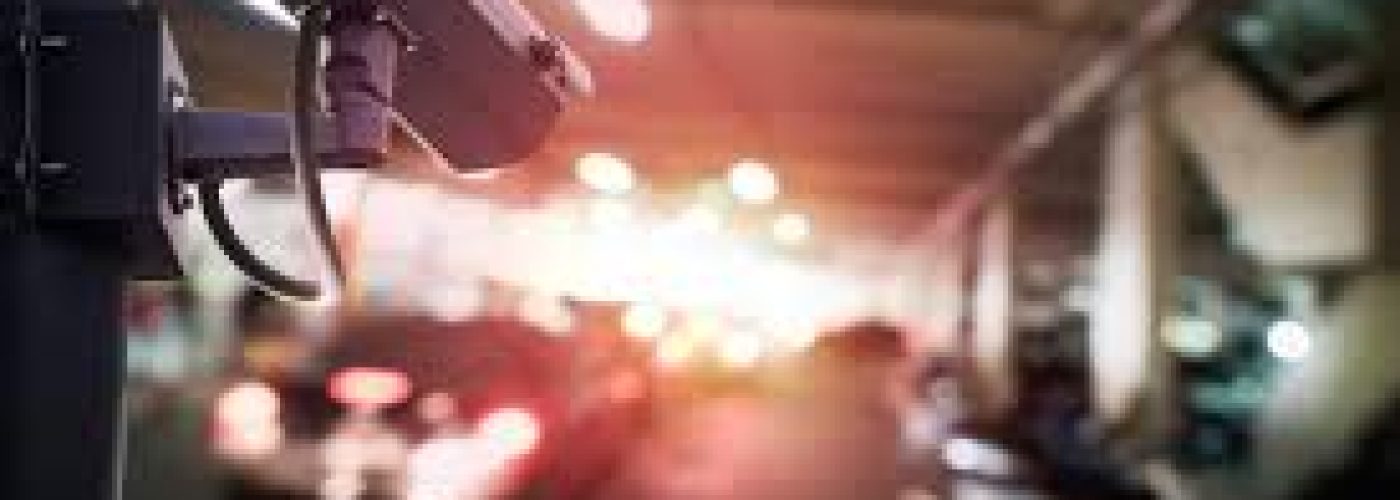ANPR or Automatic Number Plate Recognition systems were once only used by governmental agencies and police departments to identify and track down offenders. However, these days, as security concerns have increased in various ways, this technology is becoming increasingly popular with all kinds of organizations. ANPR has many benefits when used for tracking, identifying, and managing vehicles entering and leaving your site.
If not implemented and managed properly, ANPR can present its share of problems too. Here are some of the most common issues you may face with your ANPR system, and what to do about them.
Focus
One major issue faced by organizations using ANPR is the image clarity of the number plate pictures. This problem usually arises when businesses use the same camera for their ANPR system as they use for the surveillance of their premises. Since these two purposes need different focus values, it is not a good idea to use the same camera for both. Instead, you should use separate, dedicated cameras and set the correct focus for each purpose. However, some manufacturers also produce units that have the two cameras in one assembly, allowing you to set different focus distances.
Angle of View
The angle at which the ANPR camera ‘looks’ at the number plate of a vehicle is also crucial to getting a clear image. Sometimes, it may not be possible to position your camera with a direct line of sight to vehicle movement; it could be set up in such a way that it captures a side view of the vehicle number plates. In such cases, it is important to check the results to make sure that the images captured are legible enough. Even when you set the camera up directly facing the vehicles’ number plates, you want to have the camera on a horizontal level with the vehicle, or as close as possible. You want to at least try to keep the camera angle to 30 degrees or less, which means the camera should not be positioned too high.
Vehicle Speed
In some cases, if you’re having issues with your ANPR system, the speed of the vehicle could be the problem. If your system tries to detect fast-moving vehicles, the chances are that you will get less clear images compared to dead slow ones moving through a typical parking area. Although most organizations don’t face this issue, some, such as security or law enforcement agencies that need to track speeding vehicles, may come up against this.
You can resolve this issue by using a camera with more capability to handle fast-moving images. It will not be an issue if you plan your set up well. Today, there are even cameras that can detect number plates on vehicles going at speeds of up to 240 km/hour.
Multi-lane Monitoring
If your parking setup involves multiple vehicle lanes, a single camera will likely not be sufficient to handle everything. Again, this will be because of issues with focusing. If your ANPR camera is not giving you high quality images, it is a good idea to start using separate cameras for each lane. That way, you get a focused view of each lane, and so clearer images of the number plates of all the vehicles that come through.
Night Monitoring and Glare
Some businesses only need their ANPR systems to operate in the daytime. However, organizations often need a system that will work at night time as well. A normal camera will only give you a blurred image of the vehicle in dim light without any clear view of the number on the license plate.
This is where an infrared camera comes in handy, as it will give you a clear image of the number plates even in the dark because this kind of camera works with infrared rays instead of visible light. Even during day light, the glare of the sun can make number plate images illegible. In such cases, an infrared camera can be immensely helpful.
Compressed Recording
Sometimes, even when the camera takes clear images, they can become less clear during processing. This usually happens when you compress the image data using the system software for storage on the hard disk. Usually, you use image compression to save storage space, so that you can accommodate more images with your available memory.
In other words, you can record for a longer with the same disk capacity. However, this can adversely affect the quality of the images. Therefore, it is important to always check the images after compression to make sure they look ok. You may need to invest more to increase storage capacity instead of compressing the images too much.
The most common issues associated with ANPR systems are related to the quality of the images captured. The reasons for this problem can range from the camera angle to lighting and the wrong software. It is essential to identify and resolve each issue in turn, to ensure the effective functioning of the system.





